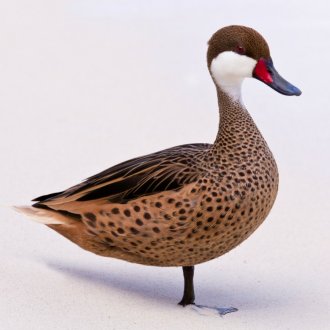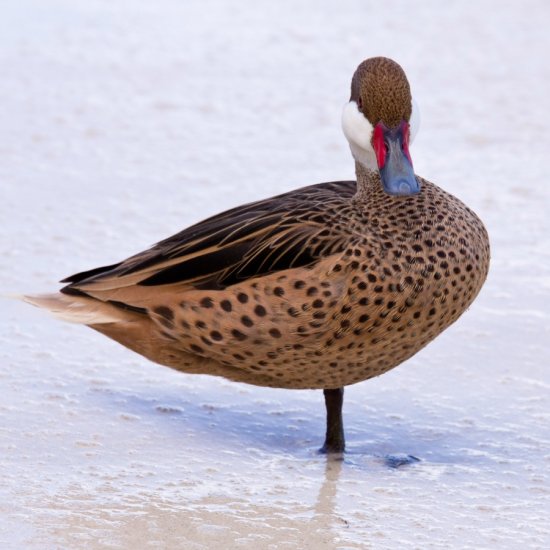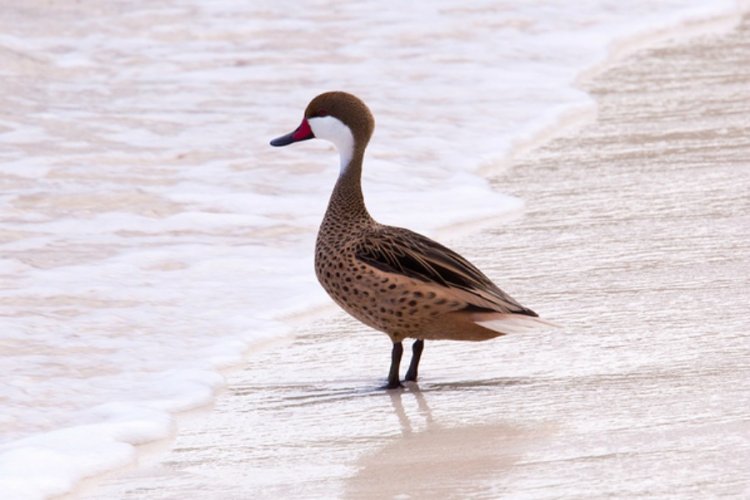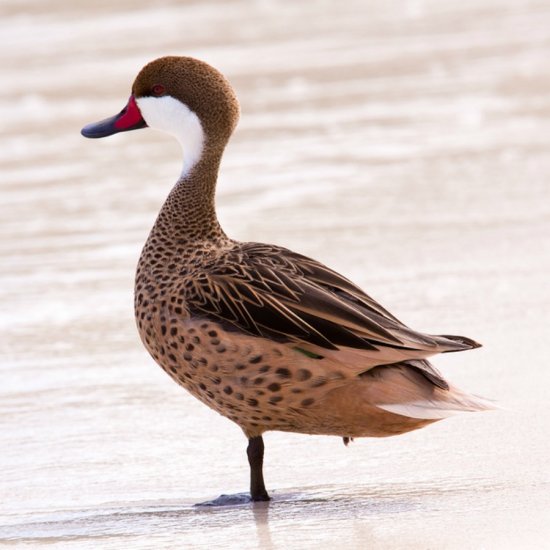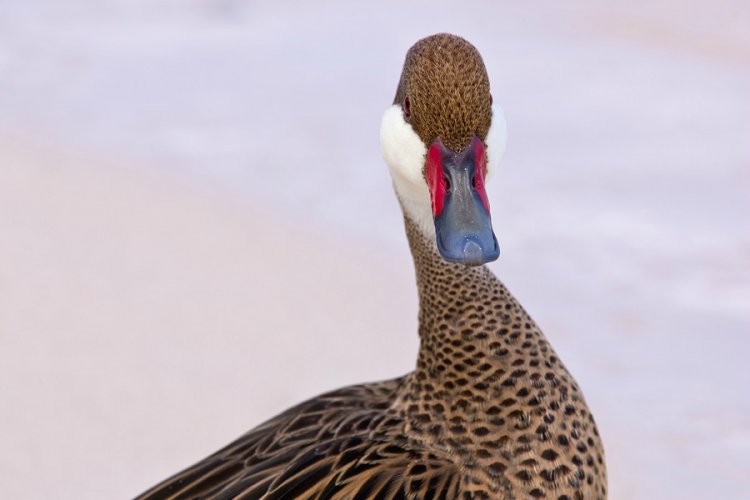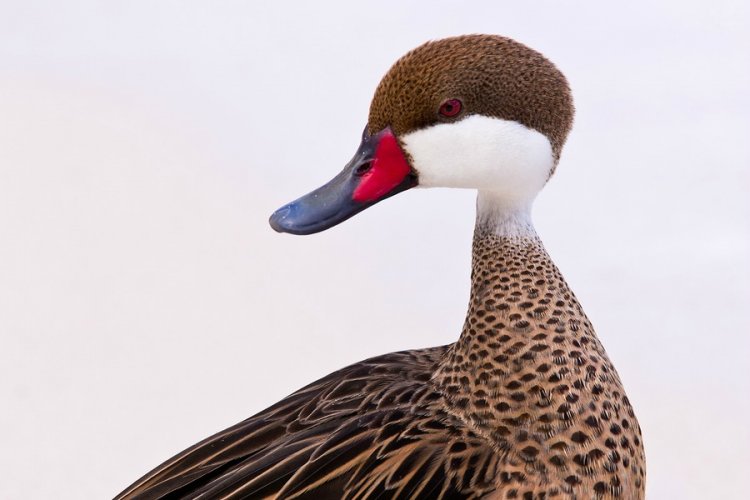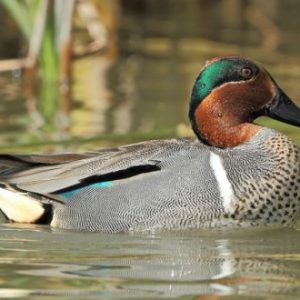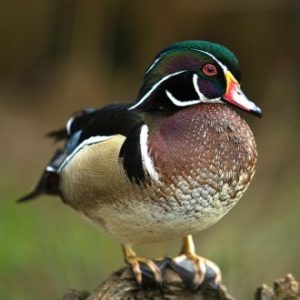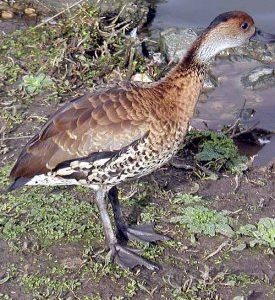A PAIR is a male/female pair of unrelated birds.
Anas bahamensis.
The Bahama Pintail Duck is also known as the White-Cheeked Pintail or Summer Duck. Like all the pintails, the Bahama Pintail is a striking and handsome duck with commanding aesthetic features. Most notable is the large well-curved head with a very conspicuous white cheek patch that matches the curve of the skull. Combined with the red with slate-blue coloring on the bill, the Bahama Pintail Duck is a very memorable bird.
Male and female Bahama Pintail Ducks are quite similarly marked. Females are just a tad smaller and duller, but just as enchanting as the males. Drakes do not go into eclipse plumage, so they stay full-colored year-round.
Bahama Pintails are friendly ducks and get along well with other species of birds, perfect for keeping in a mixed collection of birds. They are straightforward to raise and are successful breeders in captivity.
Range: As their name suggests, Bahama Pintails are native to the Bahamas, as well as other islands in the Caribbean, South America, and even the Galapagos.
Habitat: Bahama Pintail Ducks seem to prefer waters with some salinity to them. They are often found in mangrove swamps near the shorelines and brackish lakes.
Status in the Wild: Wild populations of the Bahama Pintail Duck is quite stable, and the IUCN conservation status of the species is currently of Least Concern.
Status in Aviculture: With their striking beauty and ease of raising, Bahama Pintails are very popular aviary birds.
Breeding: Bahama Pintails are often capable of breeding in their first year, but they usually do not start laying strongly until their second year. Breeding usually starts as days warm up in late April and May. Bahama Pintails are successful at breeding in captivity. The typical clutch contains 6-10 creamy-white eggs, which are incubated for 23-25 days. Ducklings tend to be hardy and easy to raise and feathered in 6 weeks or so.
Lifespan: In the wild, their lifespan is much shorter, but a well-cared-for, captive Bahama Pintail can live over 15 years.
Size: Bahama Pintails measure between 15 and 18 inches in length. Drakes weigh about 18 – 19 ounces and females weigh 14 – 15 ounces.
Housing Requirements: Bahama Pintails do prefer warm climates as they are native to the Caribbean. However, they are hardy and very adaptable waterfowl. They do well even in colder climates in the U.S. Providing them with some winter protection, and possibly heat would be optimal as frozen feet can be an issue. An aviary that is approximately 8 feet by 12 feet and 6 feet high would be appropriate per pair. Bahama Pintails are also considered dabbling ducks, and they do require a body of water for swimming and foraging. They will spend much of their time in the water. An enclosure of some sort or aviary may be required as these ducks do fly and also for protection against predators.
Diet: The Bahama Pintail Duck in the wild feeds mostly on aquatic plant material as well as insects and small creatures found while dabbling. Bahama Pintails will do well on high-quality waterfowl or game bird diet.
Miscellaneous Notes: In general, ducks from northern areas tend to be sexually dimorphic, which means that the two sexes are colored very differently, especially during the breeding season. Ducks from southern areas, like the Bahama Pintail, tend to not be sexually dimorphic, which means that males and females look very similar to one another.

